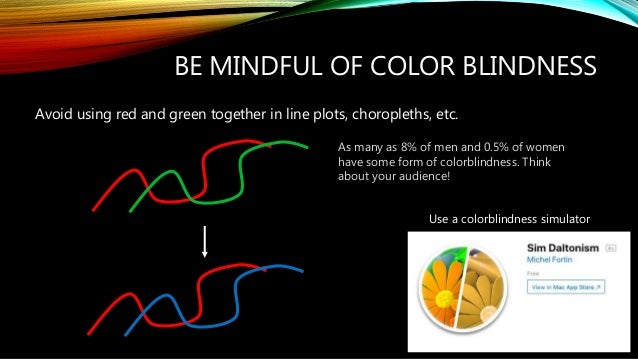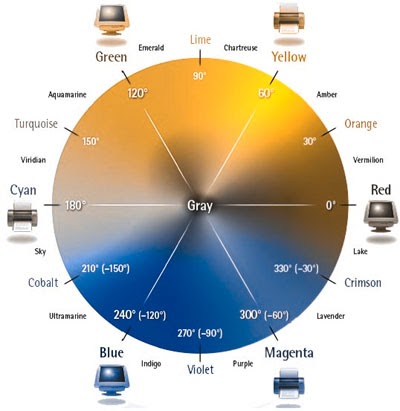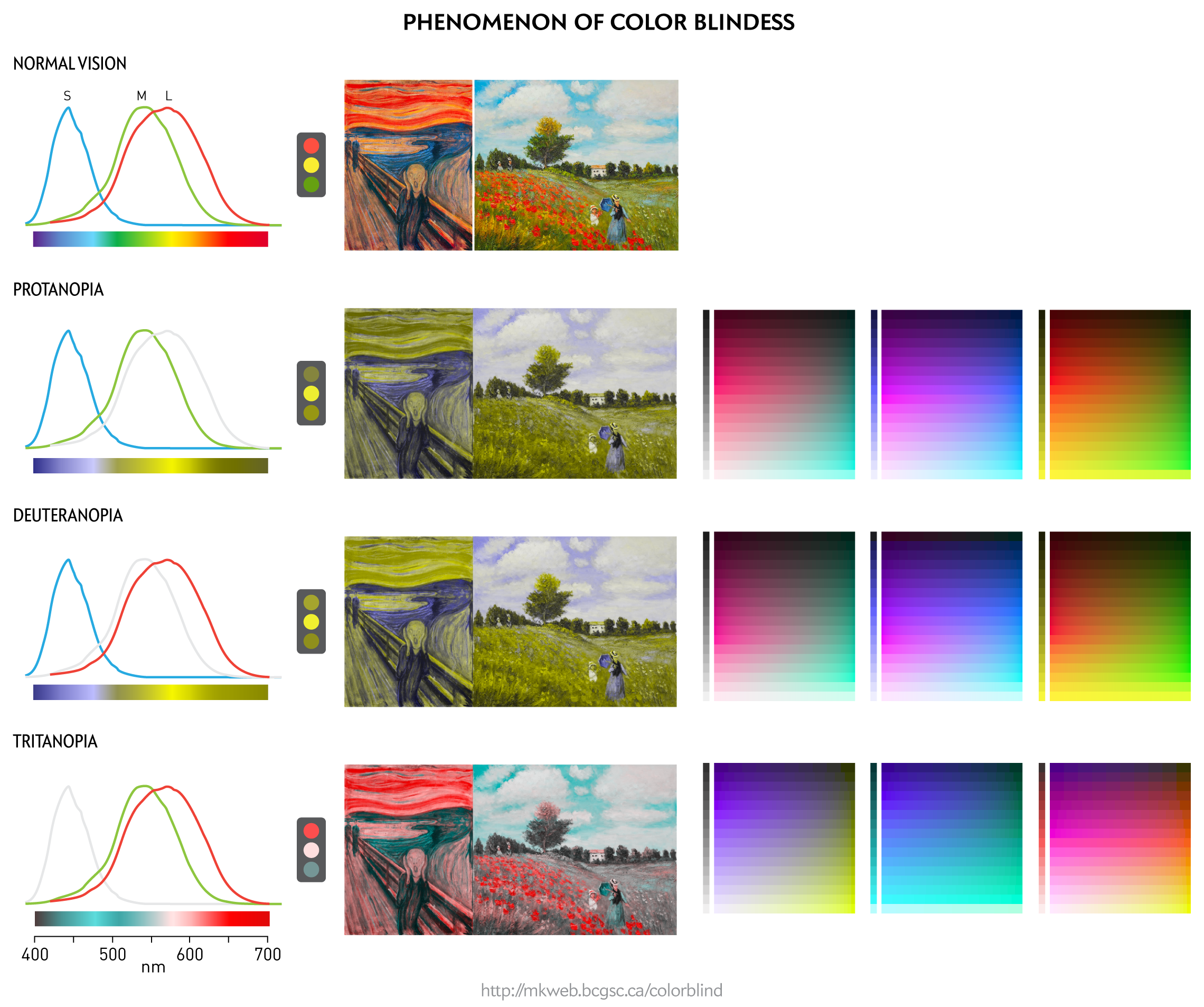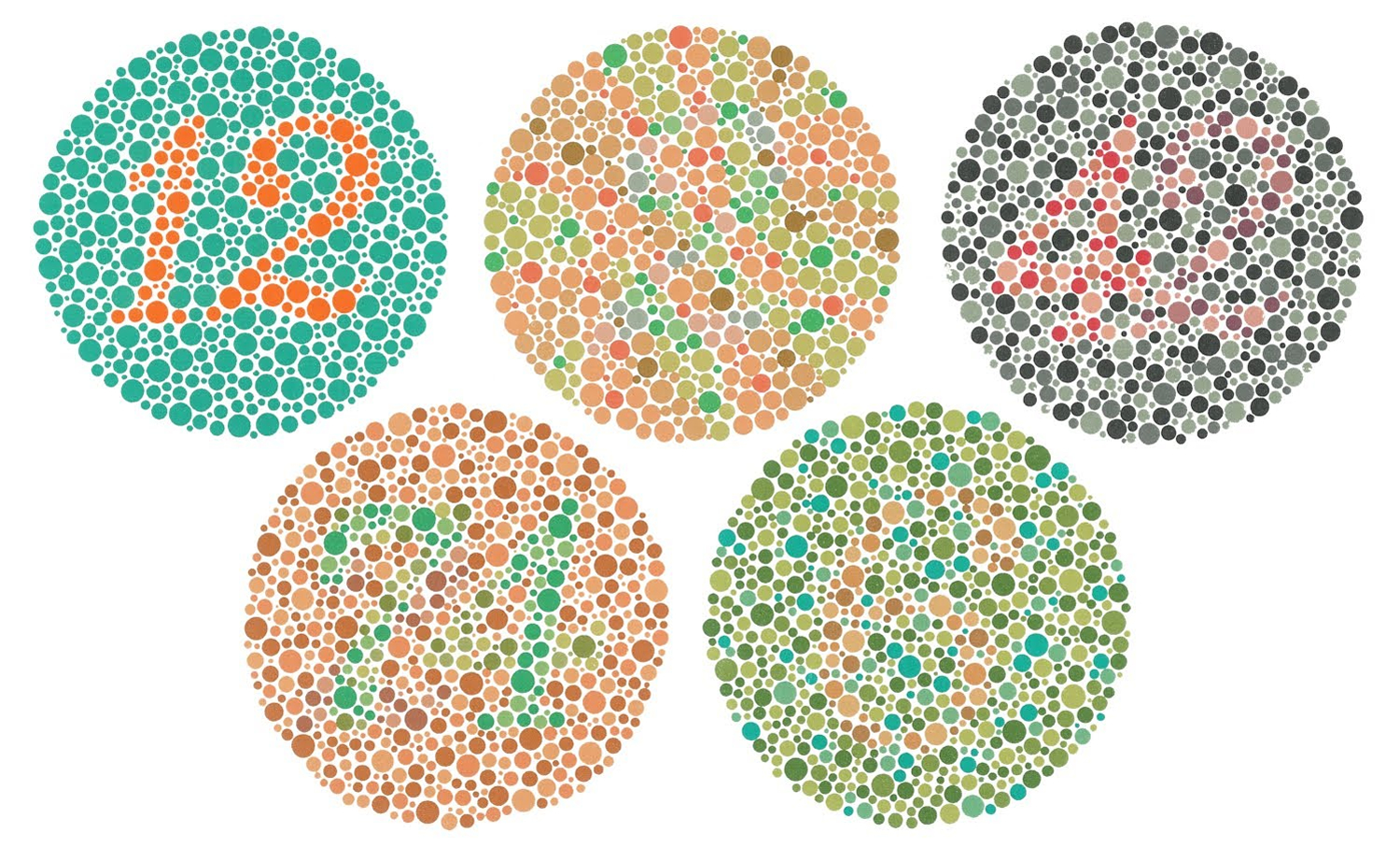
Difference from congenital achromatopsia Only 29% of cerebral achromatopsia patients successfully pass the Ishihara plate test, which is a more accepted and more standardized test for color blindness. However, these results are somewhat in question because of the sources from which many of these reports come. Remarkably, almost 50% of tested patients diagnosed with cerebral achromatopsia are able to perform normally on the color-naming test. Testing and diagnosis for cerebral achromatopsia is often incomplete and misdiagnosed in doctor’s offices. Diagnosis Ĭerebral achromatopsia can be diagnosed easily with color vision tests, commonly the Farnsworth-Munsell 100 hue test or the Ishihara plate test.

This significance has not been overlooked and is a subject of ongoing research.Ĭerebral achromatopes often have poor spatial acuity. In some studies, the comorbidity is seen as high as 72%. The most common disorder seen alongside cerebral achromatopsia is prosopagnosia, the inability to recognize or recall faces. The ischemia caused by lesions on the posterior cerebral arteries had subsided and follow up MRI scans indicated that blood flow had once again returned to the ventral occipital cortex.

After two months and frequent sessions with doctors, tests indicated his color had fully returned. In addition, the characteristic comorbidity of prosopagnosia was present. He attributed this achromatism to "poor lighting" and it took several weeks for the patient to fully appreciate the extent of his disability. Įven when presented with this information, the patient believed he had retained his ability to perceive color even though the world around him appeared grey. In one case, a 78-year-old stroke victim had lost the ability to identify color, but was unaware of his deficit until doctors performed color discretion tests. The condition has thus far been characterized only in stroke patients and provides further support for a color processing area. In still rarer cases, temporary ischemia of the associated ventral occipital cortex can result in transient achromatopsia. However, as applied to achromatopia resulting from brain trauma, the term is incomplete in characterizing the often-complex nature of the vision loss. The term "hemiachromatopsia" has been used to denote patients who experience loss of color in only one hemisphere of the visual field. The locations of color vision loss can be restricted to one hemisphere or one quarter of the visual field. In many of the cases examined, patients reported only partial loss of color vision. It is unknown whether this was the result of bilateral lesions being more likely to produce color-loss symptoms, or if it was a sampling effect of patients with more severe brain trauma more often being admitted for treatment. The majority of cases in the 2005 study were the result of bilateral lesions in the ventral occipital cortex. The severity and size of the visual field affected in those with cerebral achromatopsia vary from patient to patient. Classification Ī 2005 study examined 92 case studies since 1970 in which cerebral lesions affected color vision. This damage is almost always the result of injury or illness.

It is a consequence of cortical damage that arises through ischemia or infarction of a specific area in the ventral occipitotemporal cortex of humans. Pathophysiology Ĭerebral achromatopsia differs from other forms of color blindness in subtle but important ways.

This observation notes a key difference between cerebral and congenital achromatopsia, as those born with achromatopsia have never had an experience of color or gray. Most describe seeing the world in "shades of gray". Patients may often not notice their loss of color vision and merely describe the world they see as being "drab". Patients with cerebral achromatopsia deny having any experience of color when asked and fail standard clinical assessments like the Farnsworth-Munsell 100-hue test (a test of color ordering with no naming requirements). A similar, but distinct, deficit called color agnosia exists in which a person has intact color perception (as measured by a matching task) but has deficits in color recognition, such as knowing which color they are looking at. It is often confused with congenital achromatopsia but underlying physiological deficits of the disorders are completely distinct. Cerebral achromatopsia is a type of color-blindness caused by damage to the cerebral cortex of the brain, rather than abnormalities in the cells of the eye's retina.


 0 kommentar(er)
0 kommentar(er)
